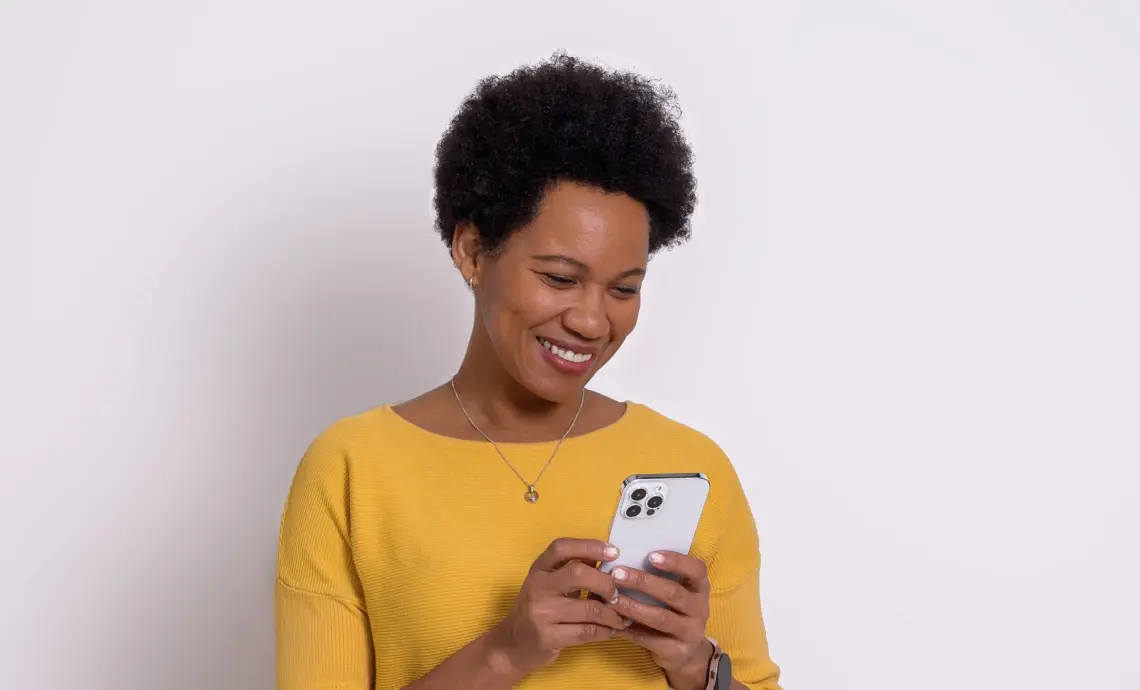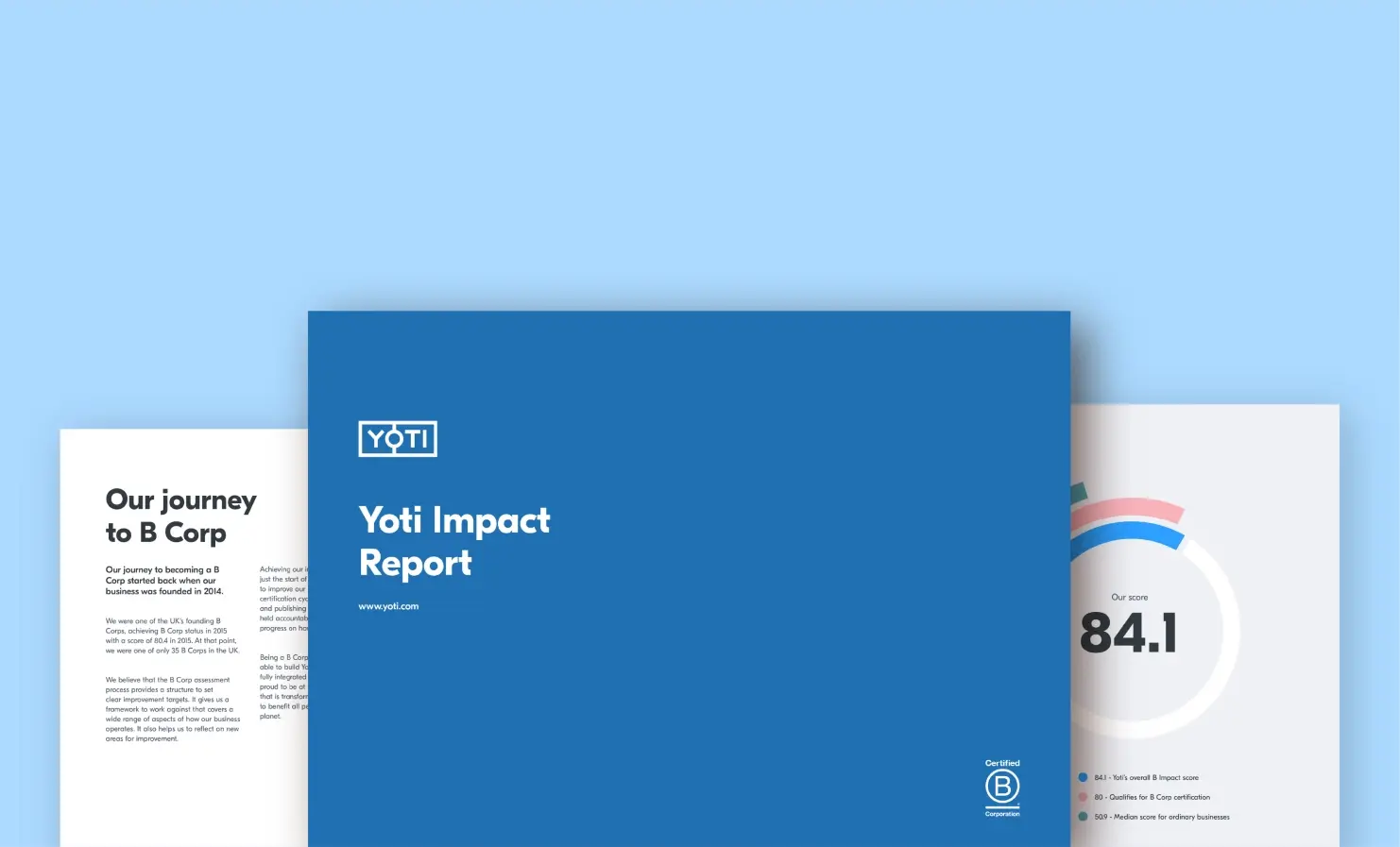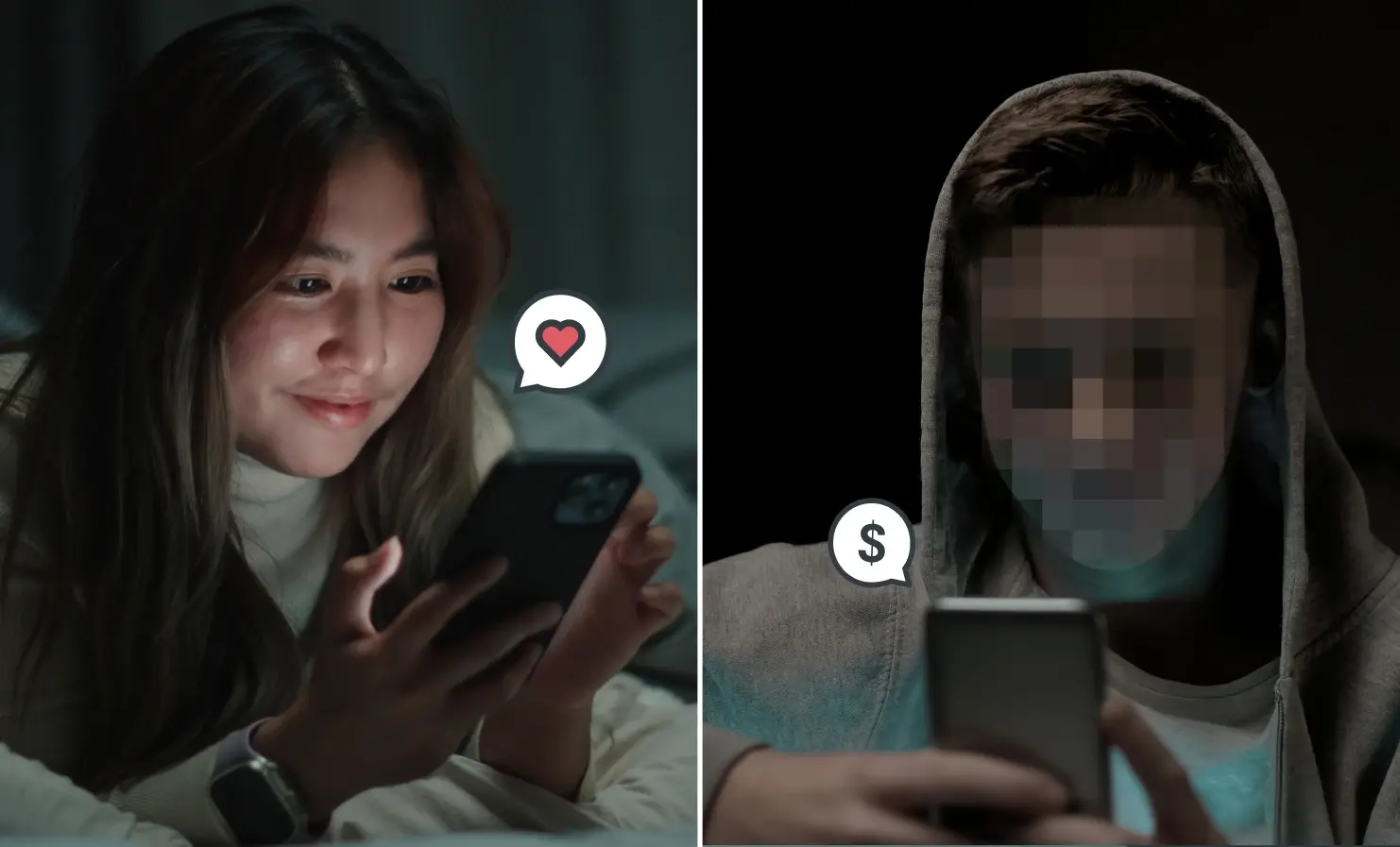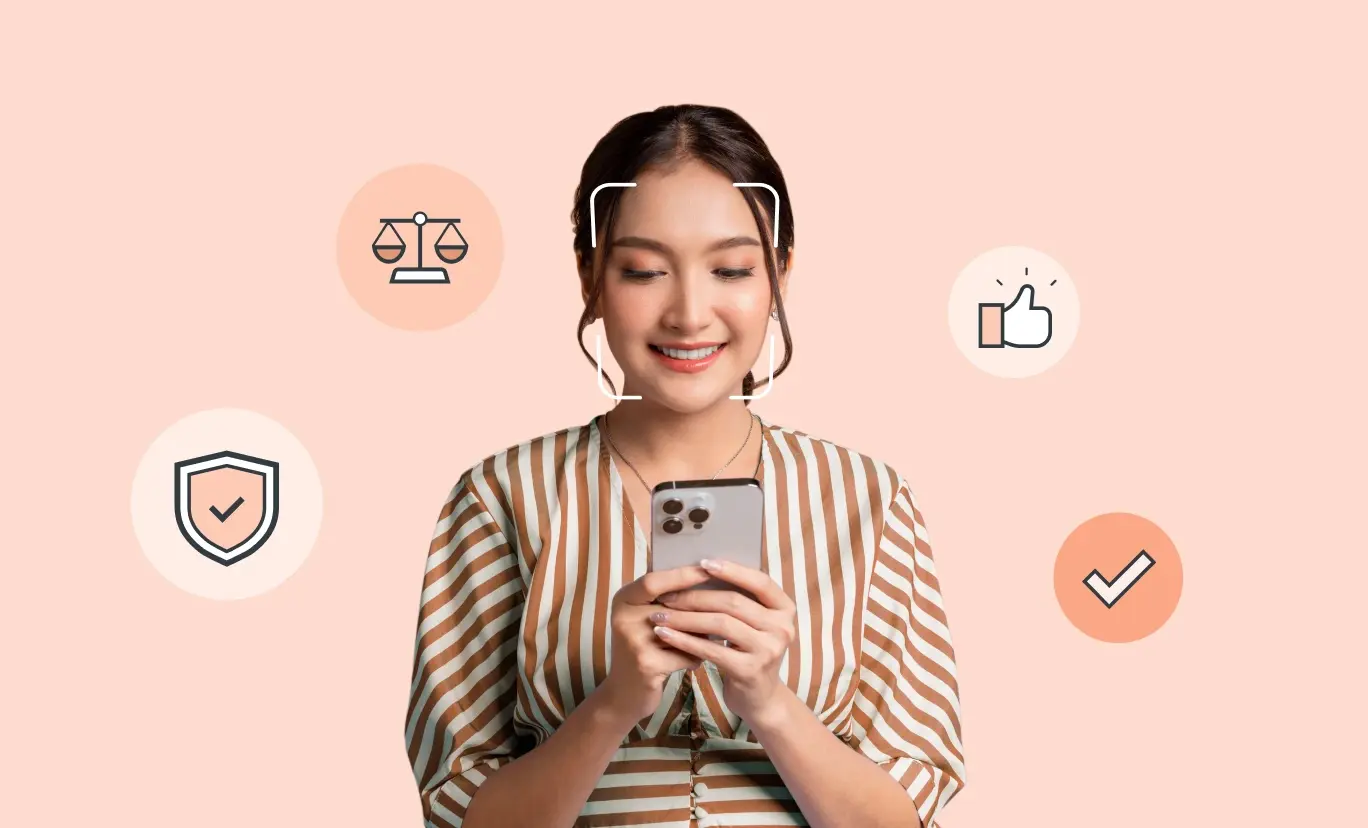
In today’s world, we can access a range of goods, services and experiences online. As a result, regulations are being passed across the globe to ensure that young people safely navigate the digital world. From the UK’s Online Safety Act to age verification laws in the US, platforms are being required to check the ages of their users.
To do this effectively, the age assurance methods offered must be inclusive and accessible to as many people as possible.
Why can’t businesses just use ID documents?
Most people tend to think of age assurance as checking a person’s age against an identity document. This is usually by uploading a photo ID such as a passport or a driving licence.
This may seem like the best way of checking someone’s age but there’s more to it than simply reading the date of birth on an ID. The document could be fake, edited or stolen. Or it could belong to someone else who is over the required age threshold.
With this method, several other steps need to be taken to verify that the document being used belongs to the person presenting it. These include document verification checks, face matching and liveness detection.
When these checks are done, this method is highly effective and robust. But it’s only convenient for those who have access to these documents in the first place. Globally, over a billion people do not have a recognised ID document. In the UK alone, 10% of adults don’t own a photo ID that is both in-date and recognisable.
Those who are less likely to have a usable official identity document include:
- older people (over 80s)
- those with severely limiting disabilities
- those who are unemployed
- people without qualifications
- lower income groups
- survivors of domestic abuse who no longer have access to physical documents
- people without permanent housing
- refugees and people who are awaiting their citizenship status
- those from Gypsy, Roma or Traveller communities
- young people
- those whose gender identity does not align with the sex they were assigned at birth
If a platform’s only method of checking someone’s age is with an ID document, 1 in every 8 people would be unable to verify their age. This figure increases when we include those who may have ID documents but are unable to access them.
Therefore, businesses should offer alternative age assurance methods for inclusivity.
How else can businesses check age?
Digital IDs
Even if a person does not have a driving licence, they may have a passport or a birth certificate. These are documents that we tend to not want to dig out on a regular basis.
In these cases, a person may choose to use a Digital ID to prove their age. To create a Digital ID, the user has to complete a one-time verification process with an ID document and a selfie. Once created, the user is verified for life and can use their Digital ID to prove their age with businesses, both online and in-person. It removes the need for them to use their documents each time.
Only the user can access their Digital ID through biometric authentication or a 5-digit PIN. And our system is built in such a way that no one other than the user can access their data.
With a Digital ID, the user is able to share only the necessary information with a platform. So they could just share an ‘over 18’ credential, without sharing anything else. In comparison, when we present a physical ID to prove our age, we reveal a host of other unnecessary information about ourselves such as our full name and address.
Facial age estimation
For those who do not have any ID documents at all, businesses could offer facial age estimation. This technology estimates age from a live facial image. It allows people to pass an age threshold in seconds without needing to use an identity document, credit card or share any personally identifiable information. It’s a private, easy and secure way for people to access age-restricted content online, while also protecting people who are underage.
Businesses using facial age estimation may choose to use safety buffers. Organisations that we work including Meta and Lockwood Publishing do just that. Safety buffers can add an additional layer of security, particularly in high-risk use cases. They account for potential errors and provide a necessary margin of safety. The size of the buffer can depend on regulatory requirements or the level of accuracy required by the business.
For example, if a business needs to know if someone is 18 or over, they might apply the Challenge 25 policy and set a seven-year buffer. This means that the technology must determine the user’s age to be at least 25. If the technology estimates that the person is under 25 then additional checks would be required.
Effective facial age estimation should be independently tested and include anti-spoofing tools such as liveness checks and injection attack detection.
How do we make age verification with an ID document inclusive?
Businesses should ensure that they accept a broad range of documents from as many countries and territories as possible. We currently accept over 5,500 documents from over 200 countries and territories and our technology is available in over 19 languages.
To be inclusive, age assurance methods also need to be accessible for those with disabilities. Our document-based solution has achieved Web Content Accessibility Guidelines (WCAG) 2.2 Level A and Level AA for accessibility. This means that it is usable and understandable for the majority of people with or without disabilities. The meaning is conveyed and the functionality available is the same.
This is the first of our products to be certified by the Digital Accessibility Centre and we’re working hard to ensure that the rest follow.
How do we make Digital ID inclusive?
To create a verified Digital ID, users need to complete a one-time upload of a document during the onboarding process. We currently accept over 350 documents and the app is available in 5 languages. But we know that for this process to be truly accessible, we need to accommodate all people globally.
That’s why alongside passports and driving licences, we also accept other documents such as national ID cards. For example, in the UK, you can set up your Digital ID using a CitizenCard. This is a more affordable option with the Yoti CitizenCard costing £18 (in comparison to a passport which now costs £88.50).
We’ve also joined forces with the Post Office and Lloyds Bank to offer Digital IDs to more people in the UK. Working with Lloyds Bank and Post Office helps us to reach more people and gives them the opportunity to create a secure, reusable Digital ID.
How do we make facial age estimation inclusive?
Facial age estimation technology accurately estimates a person’s age from a facial image. We built it to give people a private way to prove their age without sharing personal details like their name or date of birth, identity documents or credit card details.
It is important for facial age estimation algorithms to be independently evaluated. Without testing for accuracy and bias, there is a risk of inaccurate, unreliable or flawed results. That’s why we’ve published the accuracy rates for different genders, ages and skin tones since 2019.
We believe the differing accuracy rates shown for different groups correlate strongly with how well-represented those groups are in the training data used to train our facial age estimation AI. We’re continually improving our technology so that it is as fair and accurate as possible.
How should businesses offer inclusive age checks?
By offering a range of methods to check age, businesses can ensure they are being inclusive and accessible whilst also complying with regulations. Users can choose the method that works best for them to prove their age and quickly and easily access age-appropriate goods, services and experiences.
If you’d like to know more about age assurance, please get in touch.



